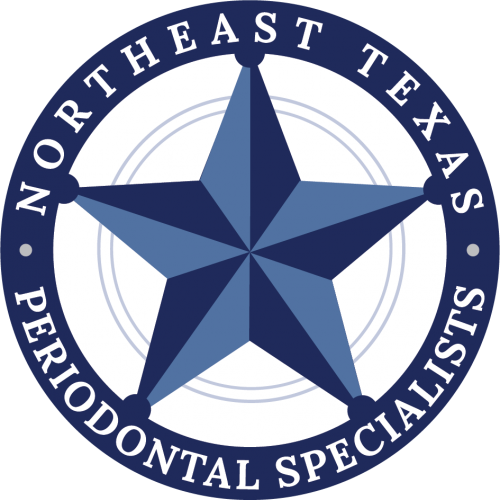Dentures are a great option for patients who need to replace an entire arch of teeth. Be placed on one or both arches and with modern dental technology, dentures have come a long way and are incredibly natural looking. There are a few different types of dentures that you may consider including traditional dentures, implant supported dentures, and implant retained overdentures. In this section, we will discuss implant supported dentures and implant retained overdentures but let's take a quick look at a traditional denture so that you can have the information to compare and determine what would be best for you.
A traditional denture is a dental prosthesis that sits on the gums of an entire arch. Traditional dentures are held in place using retention and suction, and occasionally when needed, denture adhesive. The downfall of a traditional denture is that it does not support bone health like implant dentures. Our tooth roots help stimulate bone regeneration and without that stimulation, the jawbone can begin to deteriorate. This leads to an ill fitting denture that will need to be adjusted and replaced over time.
Dental implants are a type of artificial tooth root that is surgically placed directly into the jawbone. Implants work to stimulate bone regeneration and support the overall structure and health of your jawbone.
What is an implant retained overdenture?
An implant retained overdenture is a full denture that is supported by a bar which is fixed onto dental implants. This type of denture is removable by the patient and is convenient for maintenance and oral hygiene. Usually about 4 to 6 implants are placed throughout the arch and a metal bar is screwed down onto the implants. The overdenture has clips that allow it to be held securely in place on the metal bar.
What is an implant supported overdenture?
An implant supported overdenture is secured directly onto the implants without the use of a support bar. And plants are placed throughout the arch just like for an implant retained denture but instead of a bar sitting on the implants, the overdenture is secured directly to the implants. Access holes are drilled into the teeth according to the location of the implants which allows your dentist to screw the overdenture into the implant. The access hole is then covered with composite material, just like when you have a filling for a cavity.
If you are missing a significant number of teeth on one or both arches, you may be a candidate for an implant overdenture. Depending on your lifestyle, you and your dentist will decide what type of denture will best suit your needs. Some patients do not have the bone health to provide proper support for dental implants so they will be best served with a traditional denture. Patients who are otherwise healthy and can endure implant placement surgery have a great option with implant overdentures. If you are interested in an implant overdenture, speak with your dentist to see if you are a candidate for dental implants and an implant retained or implant supported overdenture.

